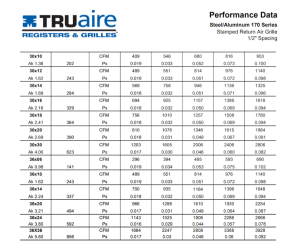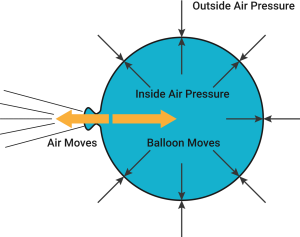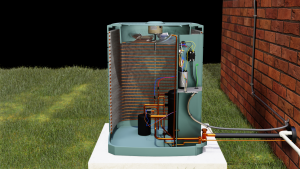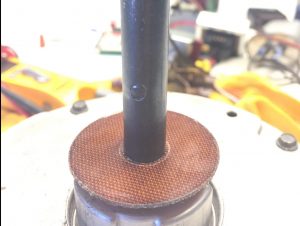BACK
 Not All CFM Are Created Equal
Not All CFM Are Created Equal
 Sizing Return Grilles
Sizing Return Grilles
 Does Mass or Volume Move Heat?
Does Mass or Volume Move Heat?
 Low Airflow – Beyond the Obvious
Low Airflow – Beyond the Obvious
 The Ten Duct Commandments (Plus a Few More)
The Ten Duct Commandments (Plus a Few More)
 Air Velocity Quick Tips
Air Velocity Quick Tips
 How to Replace a Condensing Fan Motor
How to Replace a Condensing Fan Motor
 It Has a Flat For a Reason
It Has a Flat For a Reason
 How to Determine the Friction Rate for Residential Duct Design
How to Determine the Friction Rate for Residential Duct Design
 Measuring Airflow Podcasts w/ Jim Bergmann
Measuring Airflow Podcasts w/ Jim Bergmann
 Common Duct Design Mistakes w/ Jack Rise (Podcast)
Common Duct Design Mistakes w/ Jack Rise (Podcast)
#CFM
Tech Tips:

We’re in the business of moving heat, but we have to move air to accomplish that. We use CFM (cubic feet per minute) to quantify the air we move over the indoor coil, and it helps to imagine hundreds of 1’x1’x1’ boxes of air moving over that coil each minute. (After all, 400 CFM is […]
Read more
A few weeks ago, I spent several days redoing a duct system and replacing a furnace for a friend. I had static pressure readings from before the system was replaced, and with the new furnace that I had picked out, I had created a static pressure budget and felt confident I could significantly lower the […]
Read more
I once heard someone say, and have since repeated many times that BTU's ride on the back of Cubic Feet of Air or CFM. As I've learned more I've come to the conclusion that the weight or mass of the air passing over the evaporator coil is far more important to understand both in terms […]
Read more
Every now and then, a tech will call me and give me the same story of woe. They're working on a system and have the following readings: Low superheat Low suction pressure Low head pressure They'll reassure me that the system airflow is correct. So, what could possibly be wrong? I'll ask how they could […]
Read more
This article was written by my good friend, Neil Comparetto. He is one of the all-around best dudes in the industry and a guy who practices what he preaches on duct design. Thanks, Neil! These are some fundamentals for designing and installing duct systems that I’ve learned over the years. Included are links to […]
Read more
Recommended Duct Velocities (FPM) Duct Type Residential Commercial / Institutional Industrial Main Ducts 700 – 900 1000 – 1300 1200 – 1800 Branch Ducts 500 – 700 600 – 900 800 – 1000 As service technicians, we are often expected to understand a bit about design to diagnose a problem fully. Duct velocity has many […]
Read more
Service calls about condensing fan motor failure are quite common. Even though fan motor replacement is a standard procedure for residential split systems, it requires careful attention to safety and detail. This article will give you a step-by-step guide to replacing condensing fan motors. Along the way, we will also explain a few best practices […]
Read more
When tightening down a blower wheel or a fan blade on a motor shaft, ONLY tighten it on the flat of the shaft. If you have more than one screw but only one flat surface on the shaft, only tighten the one set screw. Also… Refrain from over-tightening set screws; they need to bite into […]
Read more
This article is written by one of the smartest guys I know online, Neil Comparetto. Thanks, Neil! Recently, I posted a question in the HVAC School Group on Facebook that went like this: “When designing a residential duct system, what friction rate do you use?” As of writing this, only one answer was correct according […]
Read moreVideos:
Podcasts:

In this two-part podcast series, Jim Bergmann covers measuring airflow in HVAC systems. He covers a wide range of airflow measurement instrumentation and readings. In the HVAC industry, many techs confuse static pressure for airflow. Although you need static pressure to have airflow, it is NOT airflow and can fluctuate rather wildly depending on the […]
Read more
In this episode, Jack Rise talks about duct design regarding ACCA manual D, friction rate, face velocity, duct velocity, and what is ACTUALLY wrong with flex duct. Manual D causes a lot of confusion for technicians, and most techs have a limited understanding of it anyway. When determining a blower wheel for commercial ductwork, Jack […]
Read more





